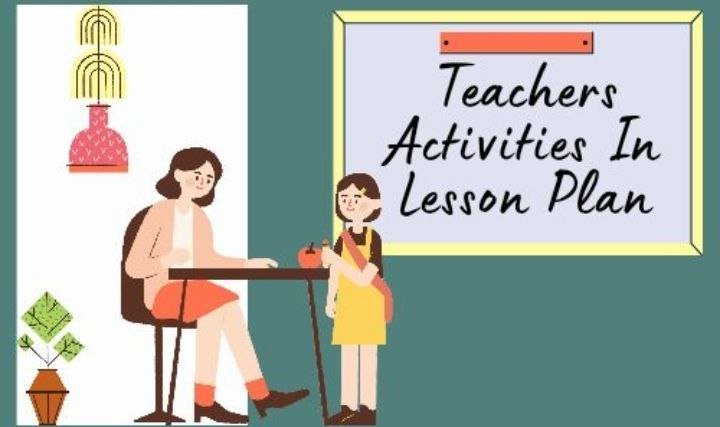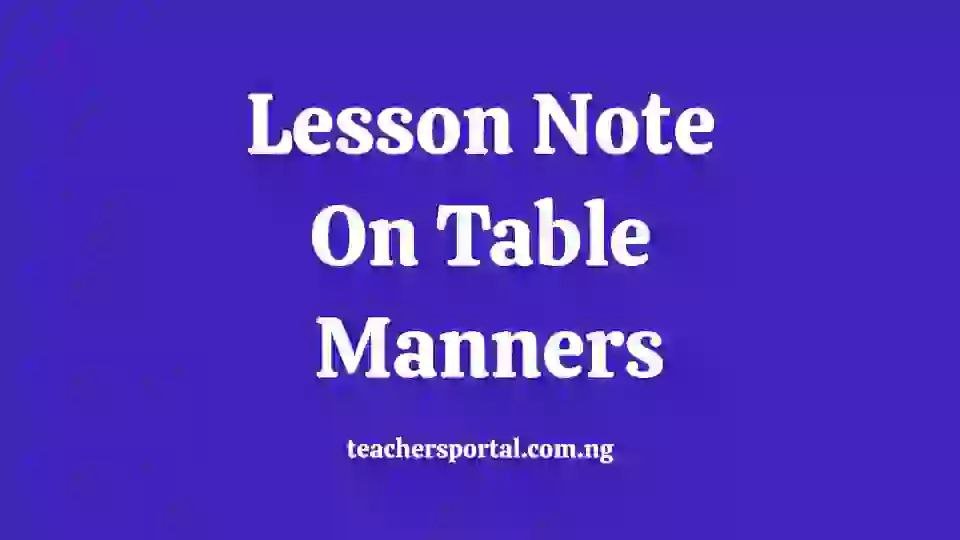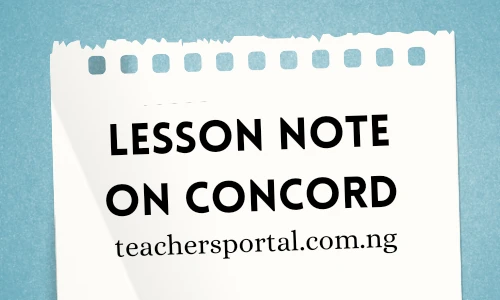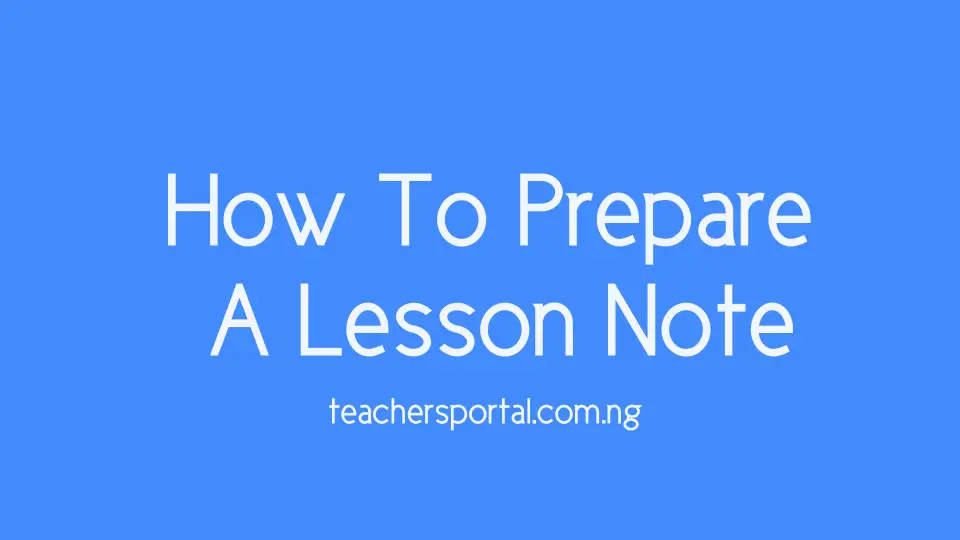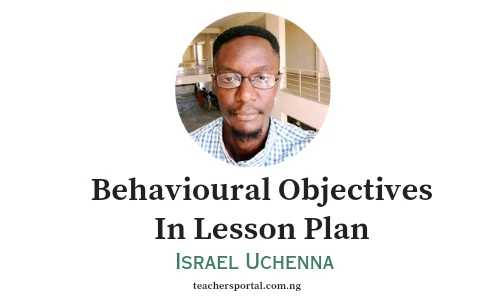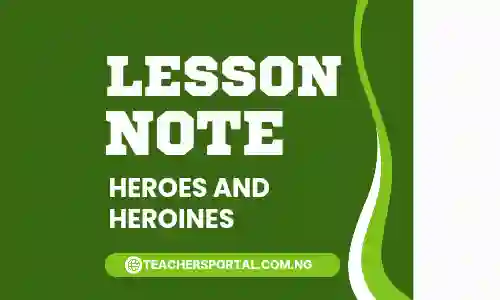In this article, we’ll be looking at teachers’ activities in lesson plans. If you’re a student teacher seeking to know teachers’ activities in lesson plans, then this article is written for you.
While this article is primarily centered on telling you about teachers’ activities in lesson plans, we’ll look at other vital information to help you become an effective teacher and a good lesson planner.
Teachers Activities In Lesson Plan
Teachers’ activities in a lesson plan are the specific things that the teacher will do during the lesson in order to help students learn. These activities should be aligned with the learning objectives of the lesson and should be designed to engage students and promote learning.
Some examples of teacher activities in a lesson plan include:
- Introducing the lesson and setting the learning objectives
- Providing instruction and explaining new concepts
- Leading activities and discussions
- Monitoring student progress and providing feedback
- Assessing student learning
Teacher activities should be varied and appropriate for the age and learning levels of the students. They should also be culturally relevant and inclusive.
Here is an example of a sequence of teacher activities for a lesson plan on personal hygiene for primary 4 students:
- Introduction
- Greet students and start the lesson by asking them what they know about personal hygiene.
- Explain that personal hygiene is the practice of keeping our bodies and clothes clean.
- Ask students why personal hygiene is important. (To prevent the spread of germs, to look and feel our best, to stay healthy, etc.)
- Activity
The teacher ask the students to write the following aspects of personal hygiene on their note books after writing on the board:
- Bathing regularly
- Brushing and flossing our teeth
- Washing our hands
- Keeping our nails clean
- Combing and cutting our hair
- Wearing clean clothes
- Show pupils pictures or realia related to personal hygiene and ask them to identify the items and explain how they are used.
- Demonstration
The teacher demonstrate good personal hygiene practices, such as:
- Washing your hands properly
- Brushing your teeth correctly
- Combing your hair
- Cutting your nails
The teacher explain each step of the demonstration and why it is important.
- Assessment
- Ask pupils to list the different aspects of personal hygiene.
- Have pupils demonstrate one or more good personal hygiene practices.
- Provide feedback to pupils on their demonstrations.
- Conclusion
- Review the importance of personal hygiene with pupils.
- Encourage pupils to practice good personal hygiene habits at home and at school.
This is just one example of a sequence of teacher activities for a lesson plan on personal hygiene. Teachers can adapt and modify the activities to fit their own teaching style and the needs of their students.
Teachers Activities In Lesson Plan (Sample)
Using this ASEI lesson plan format while writing your lesson plan, the teachers Activities are written in the second column before the Pupils or Students’ activities column. As stated a above, these are the specific things that the teacher will do during the lesson in order to help students learn and achieve the lesson behavioral objectives
Here is a sample of ASEI lesson Note on Agriculture for primary six showing you the Teachers Activities, among others.
ASEI LESSON PLAN TEMPLATE
| Date: | 10/03/2023 |
| Class | Primary 4 |
| Subject | Agricultural Science |
| Topic | Packaging Method: Packaging Using Cans and Tins |
| Time | 12:25—1:35pm |
| Duration | 70 minutes |
| Period | 3rd Period |
| Sex | Mixed |
| Average Age | 11 Years |
| Number In Class | 33 |
| Teaching Methods | Discussion Method |
| Behavioral Objectives | By the end of the lesson, pupils should be able to: I. Define Packaging Items. II. State what Cans and Tins are made of. III. List examples of farm products packaged using Tins and Cans |
| Instructional Material | Real objects ( Tin Tomatoes, a Can of Malt drink, Tin of Polish and a Tin of Milk) |
| Rationale | Introducing the pupils to the aspect of vocation |
| Previous Knowledge | The pupils make use of Tin and Can on a daily or weekly basis. |
| LESSON DEVELOPMENT | |||
| STEPS | TEACHERS ACTIVITIES | PUPILS ACTIVITIES | LEARNING POINTS |
| INTRODUCTION | The teacher asks the pupils to identify the real objects brought to the class. | The pupils responded by saying: Tin Tomatoes, Tin of Milk, Can of Malt. | Arousing the interest of the pupils. |
| PRESENTATION | |||
| STEP I | The teacher asks the pupils to define Packaging Items. | The pupils define packaging items as materials used for wrapping or protecting goods for distribution, storage, sale or personal use. | Packaging Items defined. |
| STEP II | The teacher states what Cans and Tins are made of such as Aluminum and Steel. | The pupils repeated by saying Tins and Cans are made of such as Aluminum and Steel. | What Cans and Tins are made of are stated. |
| STEP III | The teacher lists out examples of products packaged using Tins and Cans such as Malt drink, blended Tomatoes, fish, juice etc. | The pupils listened and repeated after the teacher all the examples of mentioned farm products packaged using Tins and Cans. | Examples of packaged products using Cans and Tins listed. |
| STEP IV | The teacher draws a Tin of Milk on the board. | The pupils draw the diagram on their notebooks. | A Tin of Milk drawn. |
EVALUATION | The teacher asks the pupils the following questions: Define packaging items.List three farm products packaged using Tins and Cans.Draw a Tin of milk | The pupils responded to all questions asked. | Attainment of lesson objectives. |
| CONCLUSION | The teacher summarizes the lesson by going through the main points of the lesson | The pupils ask questions, make contributions and write short notes. | Consolidated the topic learned. |
